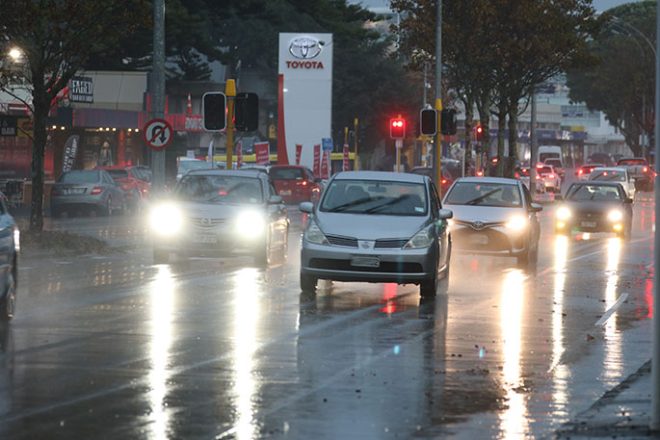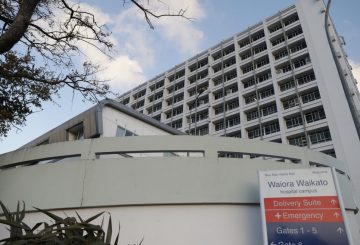뉴질랜드는 봄의 첫 주 동안 아열대 공기의 공급으로 비가 내리고 기온이 높아져 겨울의 마지막 달을 지배했던 추운 남서부 지역과는 확연히 다른 느낌을 준다.
MetService 기상학자 제시 오웬 (Jessie Owen) 은 “전선이 느리게 움직이면서 오클랜드와 코로만델 반도에 폭우가 쏟아지고 있다”고 말했다.
이 지역에는 호우 경보가 발령되었으므로 www.metservice.com에서
최신 정보를 확인하는 것이 좋습니다.”
화요일 오후와 저녁에는 오클랜드와 노스랜드 서부 지역에 뇌우가 발생할 위험이 있습니다.
Jessie는 이 기간을 커버하기 위해 추가 Heavy Rain Watch가 발행될 수 있으므로 http://bit.ly/AllWarnings 에서 악천후 경고를 다시 확인하는 것이 중요하다고 말합니다.
아열대 공기도 이번 주 기온에 영향을 미치고 있습니다.
북섬과 남섬 동부의 많은 지역이 20°C를 기록할 것으로 예상되며, 일주일 중 가장 따뜻한 날은 수요일입니다.
다음으로 이 나라에 영향을 미치는 기상 시스템은 태즈먼 해 (Tasman Sea) 의 여울입니다.
이로 인해 화요일과 수요일에 두 섬의 서부 지역에 비가 내릴 예정이며, 타라나키 산, 태즈먼 서부 및 서부 해안 지역에는 호우 주의보가 발령되었습니다.
마지막으로, 이번 주를 마무리하기 위해 금요일까지 전국에 또 다른 고기압 시스템이 설치되어 날씨가 안정될 것으로 예상됩니다.
출처: 선라이브.co.nz



















































-360x245.jpg)









